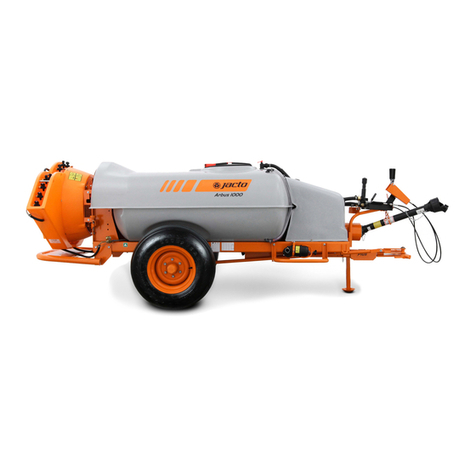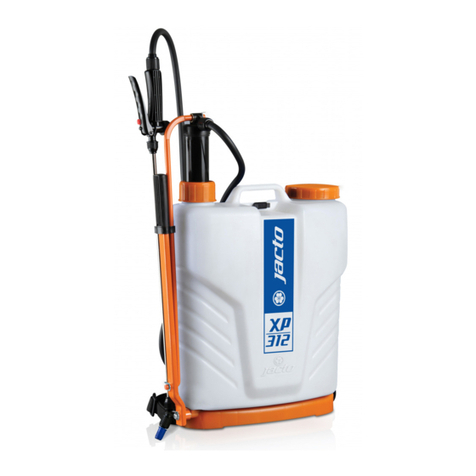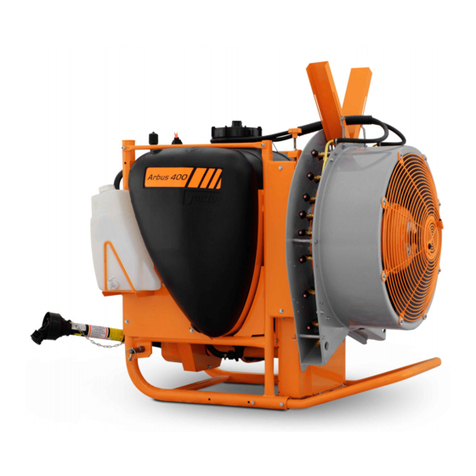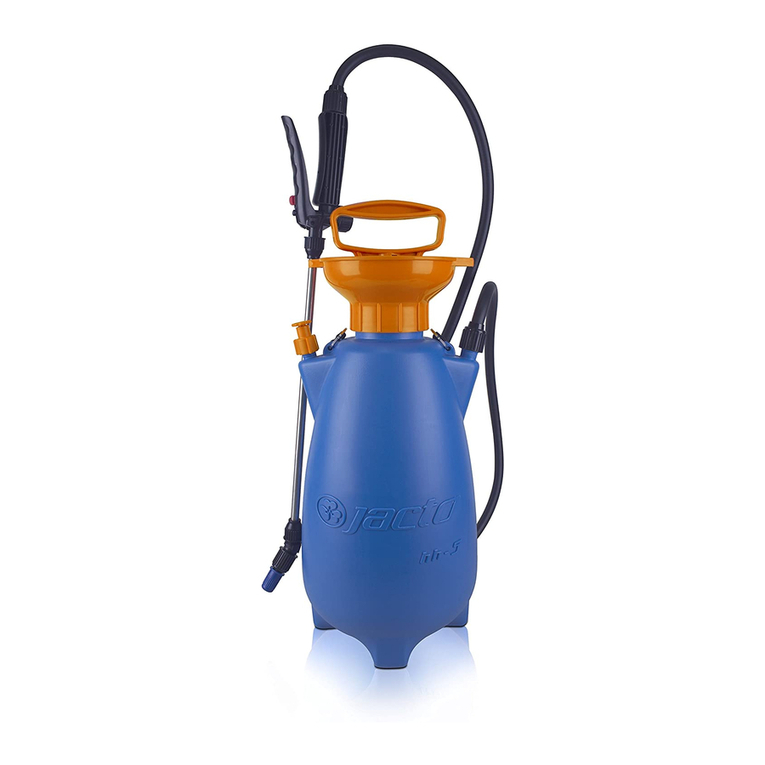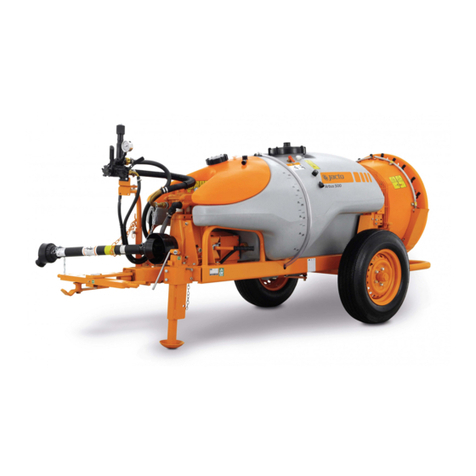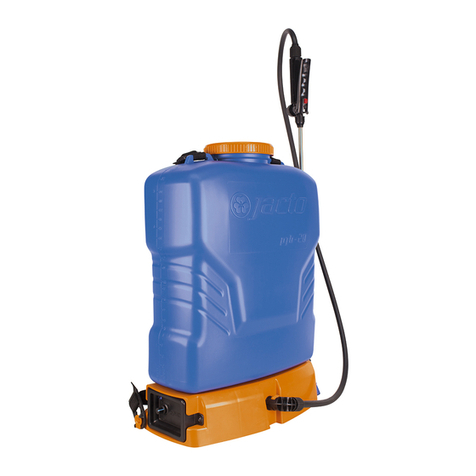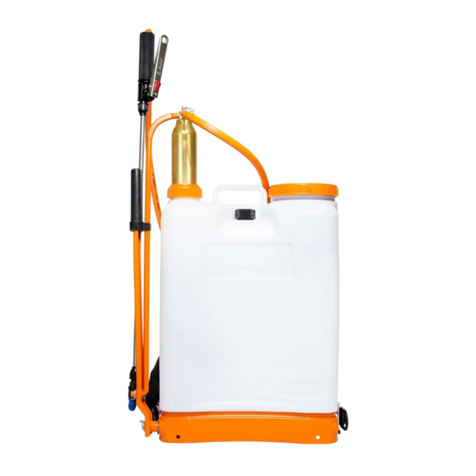8
Mixing Fuel
CAUTION!
Some types of gasoline contain
alcohol as an oxygenate.
Oxygenated gasoline may
cause increased operating
temperatures. Under certain
conditions, alcohol-based
gasoline may also reduce the
lubricating qualities of some 2-
cycle mixing oils. Never use
any type of gasoline containing
more than 10% alcohol by
volume!
Generic oils and some out-
board oils may not be intended
for use in high-performance 2-
cycle engines, and should
never be used in your Shin-
daiwa engine.
IMPORTANT!
This engine is certified to operate
on a 50:1 mixture consisting of
unleaded gasoline and 2-cycle
mixing oil only. Mix only enough
fuel for your immediate needs! If
fuel must be stored longer than 30
days, it should first be treated with a
stabilizer such as StaBiI™.
!Mix fuel by combining unleaded
gasoline with Shindaiwa Premium
2-cycle Engine Oil at a ratio of
50:1 (a gallon of gasoline mixed
with 2.6 fl. oz. of 2-cycle mixing oil
or 5 liters of gasoline with 100 ml
of 2-cycle mixing oil).
!Use only fresh, clean, unleaded
gasoline with an octane rating of
87 or higher.
Filling the Fuel Tank
WARNING!
Minimize the risk of fire!
!Always allow the engine to
cool before refueling!
!Wipe all spilled fuel and move
the engine spayer at least 10
feet (3 meters) from the
fueling point and source
before restarting!
!Never smoke or light any fires
near the engine sprayer or
fuel source!
!Never place any flammable
material near the engine
muffler!
!Never operate the engine
without the muffler and spark
arrester in good working
condition.
1. Place the HP726 engine sprayer on
a flat, level surface.
2. Clear any dirt or other debris from
around the fuel filler cap.
3. Remove the fuel cap, and fill the
tank with clean, fresh fuel.
4. Reinstall the fuel filler cap and
tighten firmly.
OPERATION

